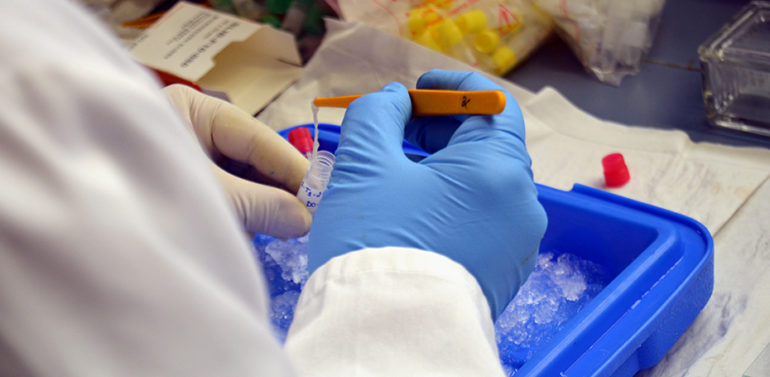
The number of scientific publications from Andalusian public universities registered in the Andalusian Scientific Information System (SICA) and the Web of Science (WoS) has grown by 35.8% from 2018 to 2022, from 12,248 to 16,635 publications per year. These publications account for 75.6% of Andalusia’s total scientific production, which amounts to 21,997 documents indexed in the aforementioned databases. This is the result of an analysis carried out by the Regional Ministry of University, Research, and Innovation, through the Andalusian Knowledge Agency, which reveals that the region’s academic institutions continue to be the main generators of scientific knowledge in the region.
In terms of institutions, the University of Almeria has seen a 57% increase in publications over the last five years, followed by the universities of Malaga (45.9%), Cordoba (39%), Seville (38.1%), Granada (36.4%), Jaen (34.8%), Cadiz (30%), Pablo de Olavide (29%) and Huelva (23.9%). In absolute terms, the University of Granada stands out, with almost 5,000 publications, and the University of Seville, with more than 4,000. They are followed by the universities of Malaga and Cordoba, with around 2,000 publications; the universities of Cadiz, Jaen, and Almeria, with over 1,000; and the universities of Pablo de Olavide and Huelva, whose scientific output is around 700 publications.
In terms of scientific publications in international collaboration, this figure has grown by 46.5% over the current legislature, rising from 5,739 in 2018 to 8,408 in 2022. Likewise, the proportion of international co-authored publications has also increased to the total number of publications, from 41.8% to 44.2%.
In absolute numbers, the universities of Granada (2,478) and Seville (1,881) stand out in this type of publication, in correlation with their size. However, it should be noted that 40% or more of the scientific publications produced by practically the majority of Andalusian academic institutions are co-authored internationally. This is one of the indicators that serve as an approximation of scientific quality in the university environment, where traditionally the system of evaluation and promotion in research careers has been more oriented towards quantity than quality.
In this sense, the evolution of university activity has been changing over the last decade to prioritise the research with impact and quality over the volume of research, increasing the importance of aspects such as multidisciplinarity, international collaboration, and the applicability of the results. This change of orientation, accompanied by the relevant policies and incentives, contributes to improving the excellence and leadership of Spanish research.
In terms of overall national scientific production, Andalusia ranks third, after the regions of Madrid and Catalonia. Specifically, Andalusian publications account for 17.8% with 21,997 publications, although Madrid continues to lead the table with 37,553 publications (30.41%), followed by Catalonia, with 32,838 (26.59%).


